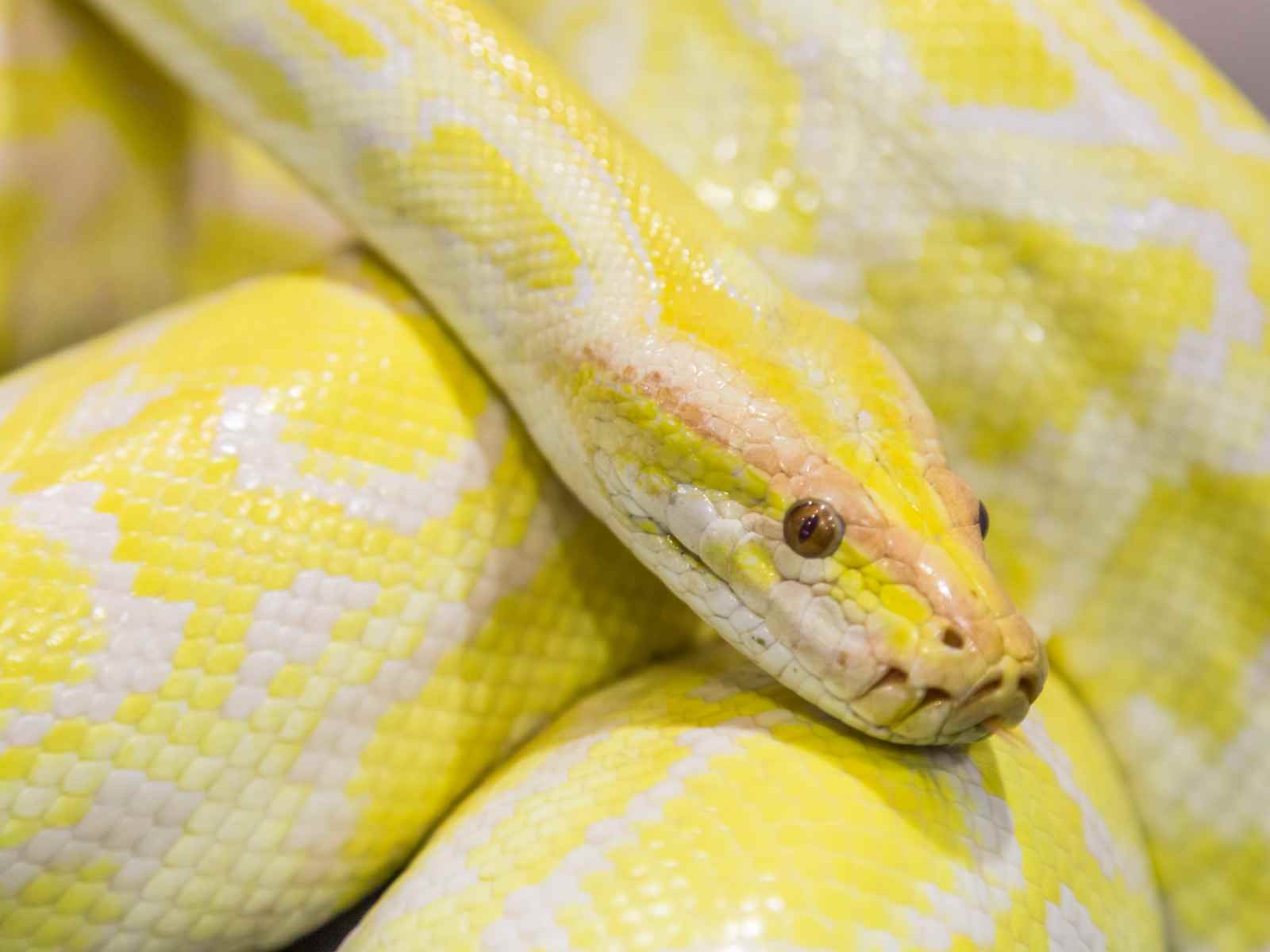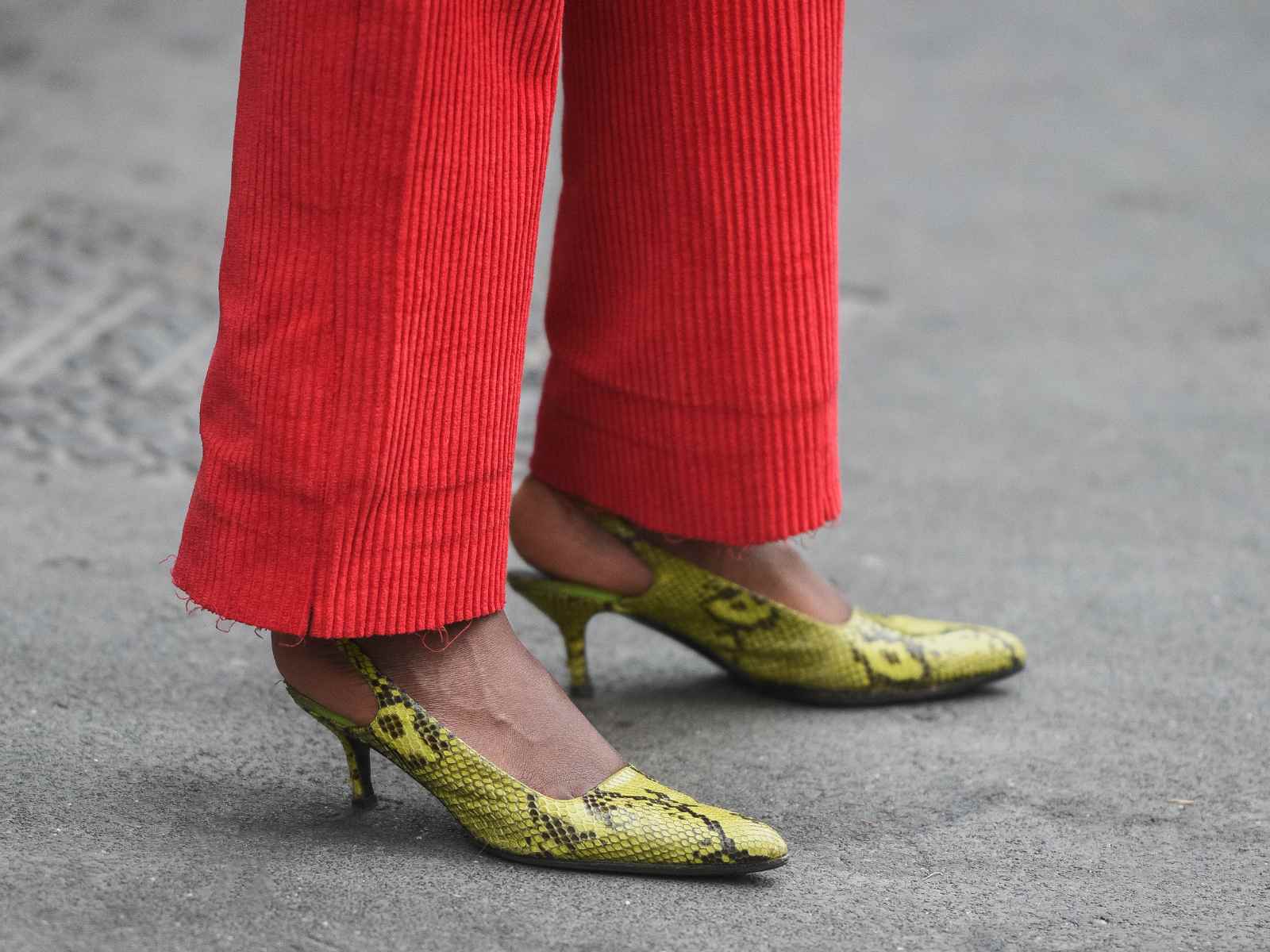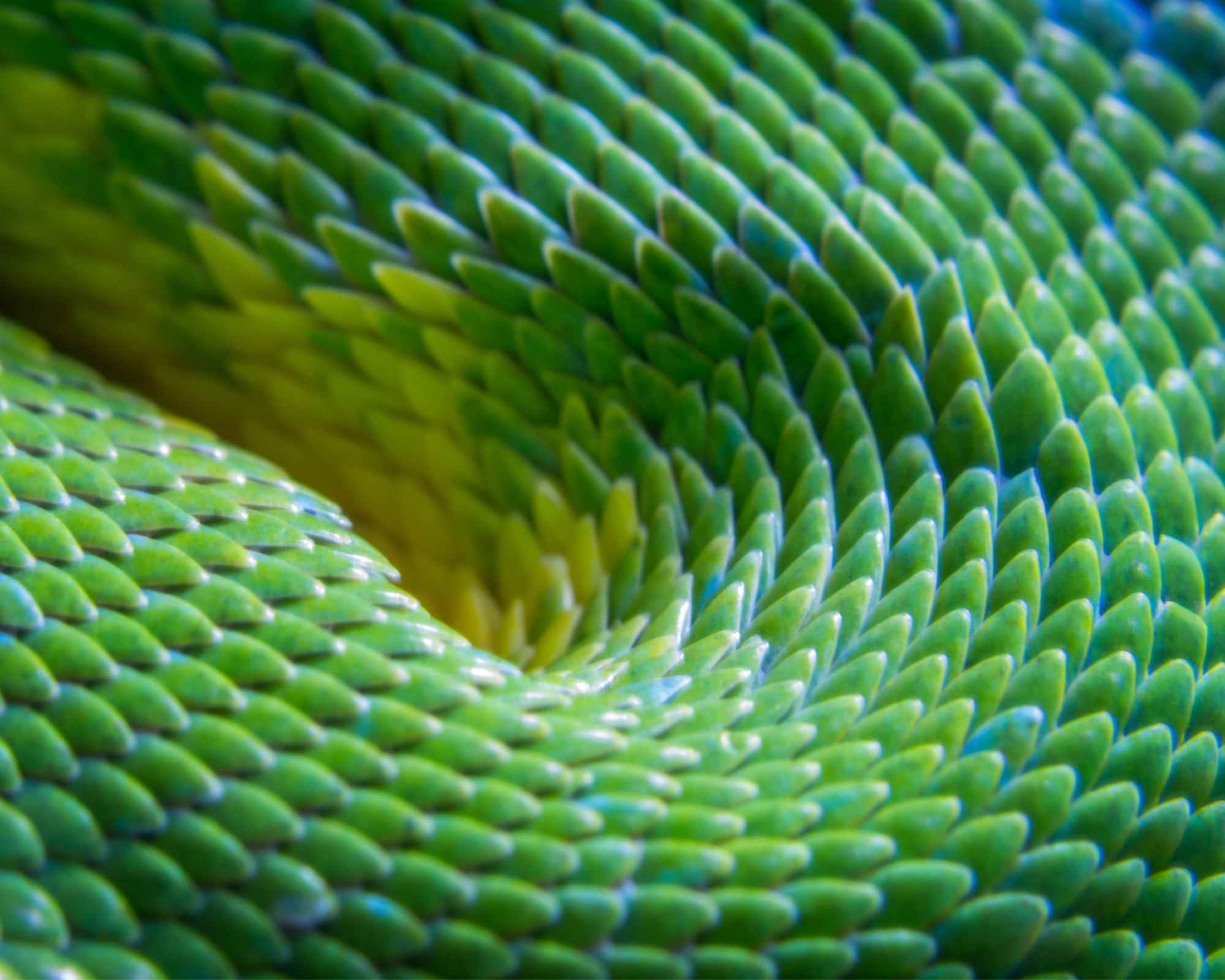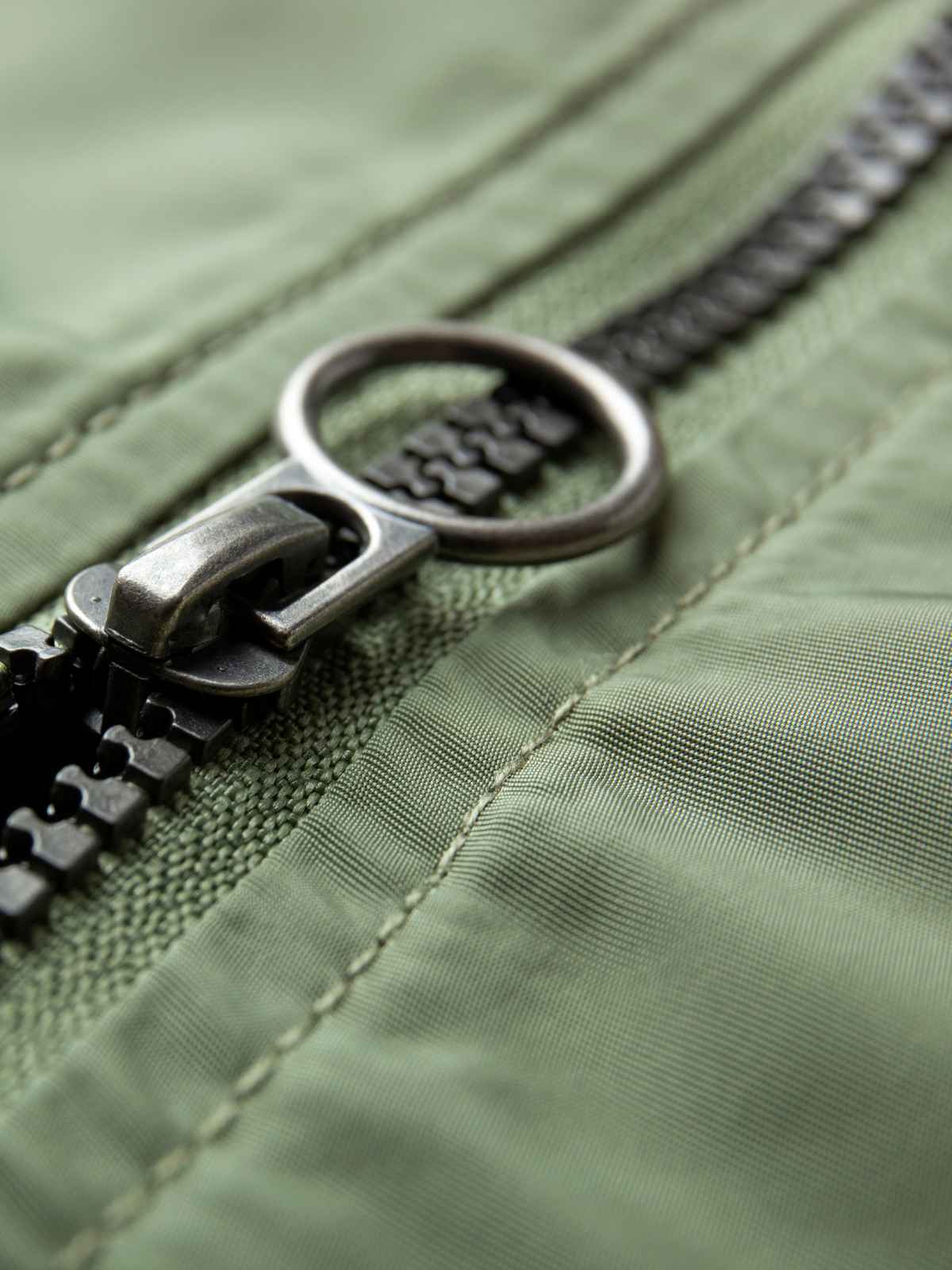Many brands have banned fur while continuing to sell products made from the skins of snakes—but is this really any more ethically or environmentally acceptable? Here, Emma Håkansson, activist and founding director of Collective Fashion Justice, explores snakeskin production, its ethics, and impact on everyone involved in the process.
Fashion’s use of wild animals
Snakeskin is labelled by some in the fashion industry as an “exotic skin”—which is another phrase for the skin of a wild animal. Though some organisations and brands have banned snakeskin, its use in fashion continues—mostly in accessories like handbags and wallets, with the likes of Gucci, Coach and Hermès offering products made with the reptile’s scales.
But snakes are sentient individuals who have personalities and experience both positive and negative states, suffering when mistreated and pained. And studies have even found them to form friendship cliques, dispelling their cold stereotype. So is their use as a fashion material ethical?
Let’s explore how snakes are treated before being made into bags, belts, shoes and wallets, and what this means for their wellbeing, as well as the people involved and the planet we share. We’ll also highlight some of the most ethical and sustainable materials that can help us move beyond snakeskinning while appreciating their beauty.
Snake welfare
It makes sense to start with how snakes are reared for use as a fashion material, and what they go through in the process. Some of this makes for tough reading, but it’s important to understand what happens behind the scenes in the snakeskin industry. We also acknowledge that the common use of snakeskin as one word (as opposed to snake skin) is designed to make consumers think more abstractly and not of an animal and its skin, creating distance from the reality of animal-derived materials.
Snatched from their habitat: how wild snakes are caught
The making of many reptilian bags and shoes begins in a rainforest, where native snakes are captured from the ecosystem they belong to.
Lots of the industry’s wild snakeskins come from Asia—mostly Indonesia and Malaysia. In 2022, nearly 447,000 snakeskins were exported from Indonesia alone. Here, the industry is decentralised, which results in poor transparency and oversight. Licences are required to capture snakes for the skin trade, but a large portion of snake capture is carried out by unlicensed people who sell them through middlemen.
As a result, it’s very difficult to accurately report both the number of snakes and their method of capture. Without supervision, wildlife hunters capture snakes however they see fit, and the practices involved in snake capture are so little known that they cannot be outlined in this article—that lack of transparency poses serious risks for animals, who are viewed as commodities.

Reticulated pythons are commonly killed for their skins
Factory-farming snakes: not a solution
In an attempt to claim improved welfare sourcing, companies like Kering—which owns Gucci, Balenciaga, Saint Laurent and other luxury brands—now own snake factory farms. When Kering bought its Thai snake factory farm in 2017, it claimed the animals would be raised in “the best conditions for animals, farmers and the ecosystem” before they are killed.
But investigations into snake factory farms—including those that supply Kering—have found snakes kept in appalling conditions, treated more like objects than individuals. In one investigation, snakes destined to become handbags were found to be kept in otherwise empty plastic boxes on shelves. Other snakes were housed in cramped and dirty cages. These conditions totally oppose the welfare standards Kering claims to maintain, highlighting the industry’s ethics-washing.
The slaughter of snakes
The methods used to kill snakes before skinning are brutal and confronting. Snake slaughterhouses tied to luxury brands—including Louis Vuitton’s parent company LVMH—have been documented bashing snake heads with hammers, and even hanging snakes from hooks and pumping them full of water, sometimes skinning them while they appear conscious, writhing in pain and gasping.
This treatment of animals is unacceptable. But, even if the method of slaughter changed to somewhat reduce the suffering involved, the final outcome for snakes remains unchanged. Fashion’s love for snakeskin’s beauty requires the killing of animals specifically for accessories, but we could choose materials that still emulate those patterns and are free from such violence. And if that’s the case, why don’t we?
The environmental impact of snakeskin
The snakeskin supply chain’s lack of transparency leaves it vulnerable to illegal trade. In fact, according to the UNODC, between 2005 and 2013, of the top six source countries for legally traded reptile skins, five also ranked as the worst for illegally traded reptile skins across the globe.
In some major export countries, only those rendering snakes into “materials” through slaughter hold permits for harvesting, and not those hunting the snakes. As a result, tracing where snakes came from is a dubious task if they were taken from areas where they are meant to be protected, or if they were legally captured. Slaughterhouses often ship out a combination of legally and illegally killed snakes, with the volume of skins recorded as exported from many countries often exceeding the quota of snakes legally permitted to be killed.
Because of this, snake populations and the balance of their ecosystems can suffer, with sightings of larger, mature pythons in some areas becoming uncommon. Experts have shared concerns that the industry has trouble gauging population numbers for these exploited and precious species.
Even brands sourcing snakeskins through factory farms can contribute to this problem, with reports finding that some farms capture snakes from the wild before briefly confining them for slaughter, as this is more profitable.
Once snakes are killed, the environmental impact of the trade in their skins continues. As with all other skins used for fashion, snakeskins must be tanned, and this process typically makes use of a range of toxic chemicals, including chromium and formaldehyde, just as with other leather processing which often renders the skins no longer biodegradable. And if wastewater from that processing isn’t treated properly, these carcinogenic chemicals are released into the environment.

Snakeskin is commonly used to make shoes, bags, and other accessories
The human impact of the snakeskin trade
Proponents of the snakeskin trade justify its harm by claiming that poor, rural communities rely on it for their livelihoods. In reality, experts state that most people involved in the snakeskin trade in the leading production region of Asia do not solely rely on the industry for livelihood, capturing snakes “on the side.”
What’s more, these peoples’ labour is routinely exploited, as the vast majority of profits—as much as 96%—from snakeskin products is retained by European fashion brands rather than distributed to those made to hunt and kill the animals.
While brands like Louis Vuitton sell snakeskin mini bags for nearly US$10,000, snake collectors may be paid as little as US$4 per snake—as the UN reported in 2015. These capturers sell snakes to slaughterhouses that pay people in such dangerous work poorly—under US$10—before selling them to tanning exporters who further mark up the skins for sale to fashion brands that add their enormous profit margin on top.
Given the inequality of this supply chain, any claim that the industry supports the livelihood of rural communities is questionable.
The next-generation materials replacing snakeskin
Recently, Copenhagen, Berlin and Melbourne Fashion Week have banned all wild animal skins (as well as fur and feathers) following campaigning by fashion activists and Collective Fashion Justice, and brands and retailers like Burberry, Vivienne Westwood, Nordstrom, Chanel, and Selfridges have also done so. And while some brands replaced this with embossing reptilian patterns onto cow skin (often called “snake-effect” in product descriptions), this approach remains harmful to people, animals and the planet.
Instead, here are some of the most interesting next-generation materials, inspired by snakes without harming them. Not all of these options are widely available and at the time of writing, many of them lack the detailed scientific work to demonstrate exactly how much less impactful they are than animal skins. But they’re all worth keeping an eye on, because in the future, we might well be wearing more of them:
- Treekind, a home-compostable yet durable material made from discarded wood. This plastic-free material can be embossed to mimic snake scales.
- Bio-based leather alternatives made from mangoes, grapes and other fruits wasted in the juice and wine industries can also replicate snakeskin with a reduced environmental impact. It’s important to note that these often include plastic-based treatments or coatings for durability, so aren’t easily compostable (though most leather is also not biodegradable, often including a synthetic coating).
- Cork is a natural material that can be embossed to resemble snakeskin, and when cork bark is stripped from trees, it does not harm them.
- Mycelium materials made from the root structure of mushrooms can also be made to look like reptile skins, while requiring very little land, water and climate impact to produce.
- Alt.Leather is Australia’s first animal-free and plastic-free material designed to replicate leather. It is being developed in reptilian textures.
- Certified recycled synthetic leather is a more widely available option that helps to keep fashion circular, while bringing snake textures into our wardrobes.




















